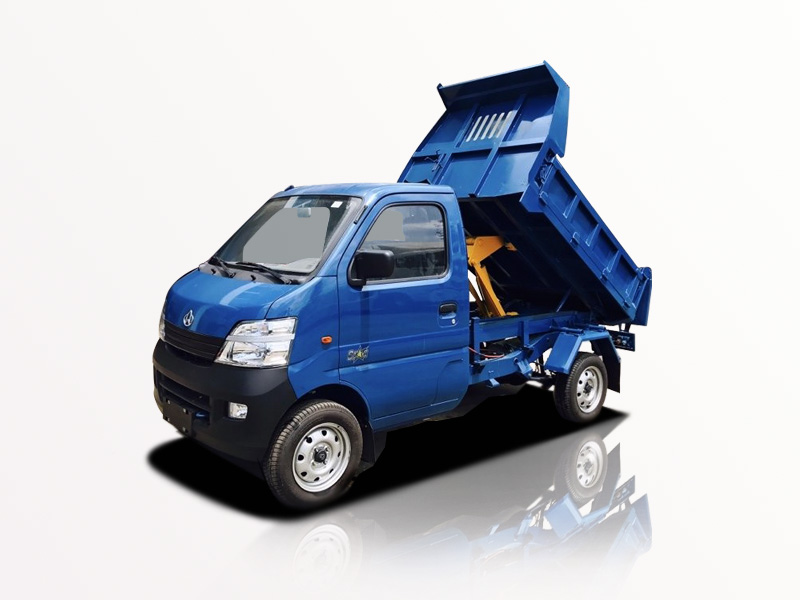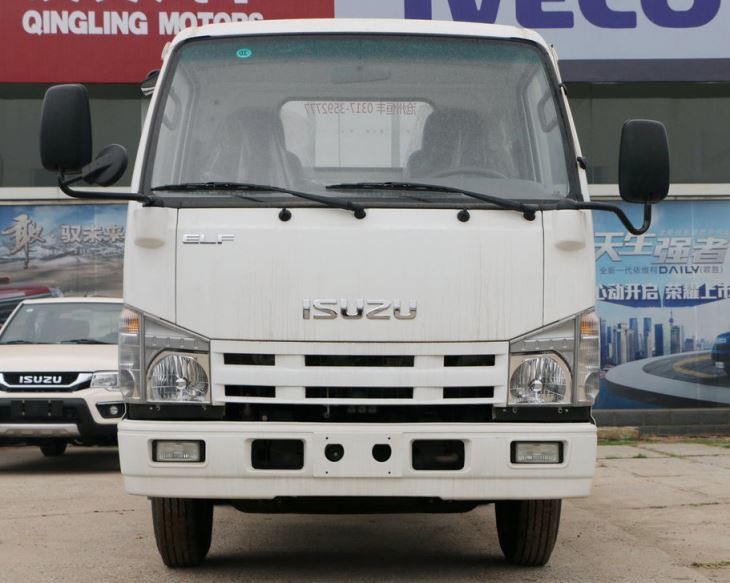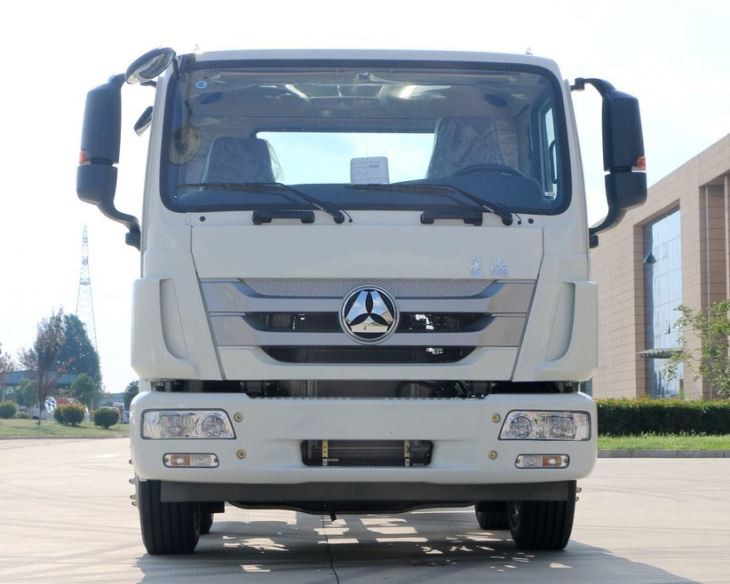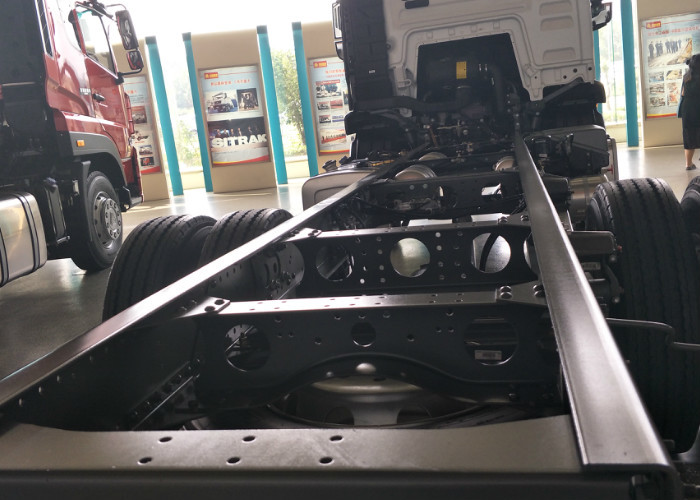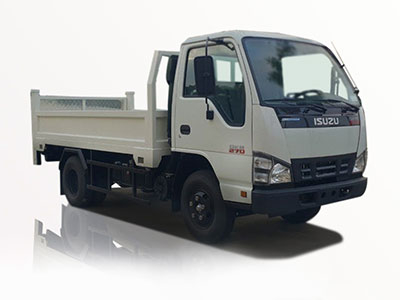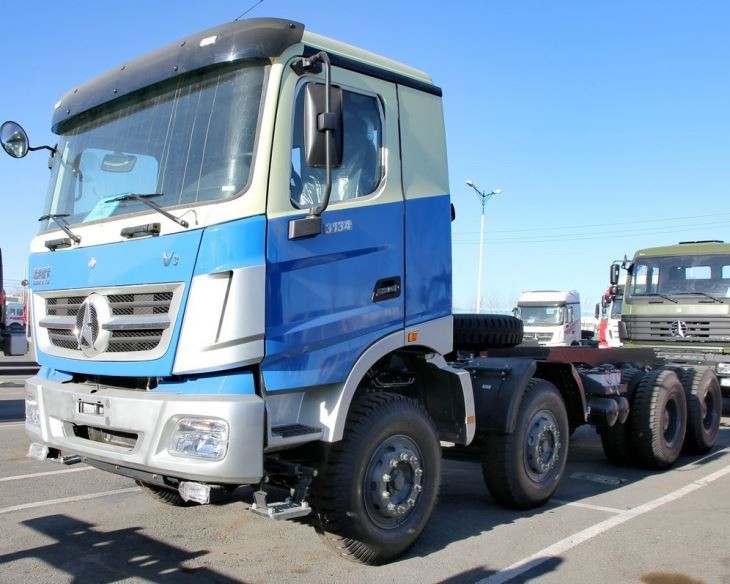Introduction
Hook and lift trucks are essential vehicles in various industries, particularly in waste management, construction, and logistics. These trucks are equipped with a specialized lifting system that allows them to transport heavy containers, dumpsters, and equipment with ease. Their versatility and efficiency make them invaluable in operations where moving heavy loads quickly is essential. This article aims to provide a comprehensive overview of hook and lift trucks, including their types, features, benefits, maintenance, and much more.
What Are Hook and Lift Trucks?
Hook and lift trucks are designed to lift and transport large containers or dumpsters using a hook-and-chain system. They are often seen in waste management and recycling operations where their design allows for quick loading and unloading of heavy or bulky items. The primary components of these trucks include:
- Chassis: The framework that supports the truck’s essential components.
- Hydraulic Lift System: The system that raises and lowers the hook for loading and unloading.
- Container: The receptacle that carries the waste or materials.
- Hook Mechanism: A specialized hook that attaches to the container for secure lifting.
Types of Hook and Lift Trucks
Hook and lift trucks come in various configurations, tailored for different applications. Below are the main types:
1. Rear-Loading Hook Trucks
These models load containers from the back, allowing for greater maneuverability in tight spaces. They are ideal for urban environments where space is limited.
2. Side-Loading Hook Trucks
Side-loading trucks can pick up containers from the side, offering improved flexibility for operational layouts. These trucks are commonly used in waste management operations.
3. Roll-Off Hook Trucks
Roll-off trucks are primarily designed for transporting large containers that “roll off” when they are unloaded. This type of hook and lift truck is widely used on construction sites.
4. Integrated Hook Lift Systems
Some trucks come equipped with an automated hook lift system that can be operated remotely, enhancing safety and efficiency during loading and unloading processes.
Key Features of Hook and Lift Trucks
Understanding the features of hook and lift trucks can help users to choose the right model for their needs. Key features include:
1. Load Capacity
The load capacity of hook and lift trucks varies significantly. It’s essential to choose a model that can handle the expected weight of containers and cargo. Commercial models may have capacities ranging from 10,000 to 50,000 pounds or more.
2. Hydraulic Systems
Hydraulic lift systems are crucial for the operation of hook and lift trucks. They enable efficient lifting and lowering of heavy containers and ensure the stability of loads during transport.
3. Durability
These trucks are built to withstand the rigors of heavy use. Look for models constructed with high-quality materials capable of enduring tough environments.
4. Maneuverability
Hook and lift trucks should have excellent turning radiuses and control systems for enhanced maneuverability, especially in crowded urban settings.
5. Safety Features
Safety is a top priority in the design of hook and lift trucks. Features such as load sensors, safety locks, and emergency shut-off systems help prevent accidents.
Benefits of Using Hook and Lift Trucks
Employing hook and lift trucks can significantly enhance operational efficiency in various sectors. Below are several benefits:
1. Time Efficiency
Hook and lift trucks can load and unload containers quickly. This speed translates to more efficient use of time, helping improve workflow and productivity.
2. Versatility
These trucks can handle various types of waste and materials, making them adaptable to different operations, from construction to waste management.
3. Reduced Labor Costs
Automating the loading and unloading process reduces labor requirements, allowing staff to focus on other critical tasks.
4. Enhanced Safety
The design of hook and lift trucks minimizes manual handling, which can lead to fewer workplace injuries when operated properly.
Operational Guidelines and Best Practices
Successfully operating hook and lift trucks requires adherence to specific guidelines and best practices to maximize safety and efficiency.
1. Pre-Operation Checks
- Inspect hydraulic lines and connections for leaks.
- Check the integrity of the truck chassis.
- Test the lifting mechanism before use.
2. Load Planning
Understanding the weight distribution of the load is crucial. Ensure loads are securely fastened and evenly distributed to prevent tipping.
3. Training Operators
Proper training for operators is fundamental. They should be familiar with the truck’s operational features, safety protocols, and potential hazards.
4. Regular Maintenance
Establish a routine maintenance schedule to check hydraulic systems, brakes, and tires. Regular maintenance extends the life of the truck and ensures operational safety.
Choosing the Right Hook and Lift Truck for Your Needs
Selecting the right hook and lift truck requires consideration of various factors to ensure it matches operational expectations.
1. Assess Your Needs
Determine your operational requirements, including load weight, container size, and frequency of use to find a suitable truck.
2. Research Models
Look into different truck models and manufacturers. Reading reviews and evaluating performance specs can help make an informed decision.
3. Budget Considerations
Determine your budget, factoring in not only the initial purchase price but also ongoing operating and maintenance costs.
4. Evaluate Safety Features
Ensure that the truck aligns with industry safety standards to protect your operators and equipment.
Maintenance and Care for Hook and Lift Trucks
Proper maintenance is critical in extending the life of hook and lift trucks and ensuring safe operation.
1. Daily Inspections
Operators should conduct daily pre-operations inspections to identify potential issues before they escalate.
2. Fluid Checks
Regularly check hydraulic fluid levels and replace them as needed to maintain hydraulic efficiency.
3. Component Replacement
Replace worn-out or damaged parts promptly. Components like chains and hooks must be inspected for wear and tear.
4. Scheduled Servicing
Follow a strict maintenance schedule with professional servicing to ensure comprehensive checks are conducted.
Case Studies: Successful Use of Hook and Lift Trucks
Real-world examples illustrate how hook and lift trucks can significantly benefit operations.
Case Study 1: Waste Management Company
A regional waste management company integrated hook and lift trucks into their operations, resulting in a 30% increase in the efficiency of waste collection. The trucks allowed them to service more clients in less time.
Case Study 2: Construction Firm
A construction firm utilized roll-off hook trucks to manage materials on site, enhancing their project timelines significantly. The versatility of the trucks allowed them to switch from transporting debris to carrying materials quickly.
Future Trends in Hook and Lift Trucks
The hook and lift truck industry continues to evolve with new technology and trends that may shape its future.
1. Automation
Technology like automated hook systems and remote operation capabilities are becoming more popular, enhancing safety and efficiency.
2. Electrification
With sustainability in mind, electric hook and lift trucks are beginning to emerge, offering reduced emissions and lower operating costs.
3. Enhanced Safety Technologies
New safety features, such as advanced load sensors and automated safety checks, are being integrated into modern trucks.
Frequently Asked Questions (FAQ)
1. What is the typical load capacity of a hook and lift truck?
The load capacity can range from 10,000 to over 50,000 pounds, depending on the specific model and design.
2. How do I maintain a hook and lift truck?
Regular inspections, fluid checks, and prompt replacement of worn components are essential for maintenance. Scheduling professional servicing is also recommended.
3. Are hook and lift trucks safe to operate?
When operated by trained personnel and maintained properly, hook and lift trucks can be very safe. It’s crucial to adhere to safety guidelines during operation.
4. Can hook and lift trucks be used for materials other than waste?
Yes, these trucks can transport various types of materials, including construction debris, equipment, and bulk goods, making them versatile for different industries.
5. What are the advantages of using roll-off hook trucks?
Roll-off hook trucks allow for quick loading and unloading, making them ideal for construction sites where material transport efficiency is critical.
6. Is training required for operators of hook and lift trucks?
Yes, proper training is essential for operators to ensure they understand the operational features and safety protocols associated with the trucks.
